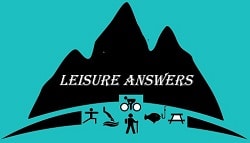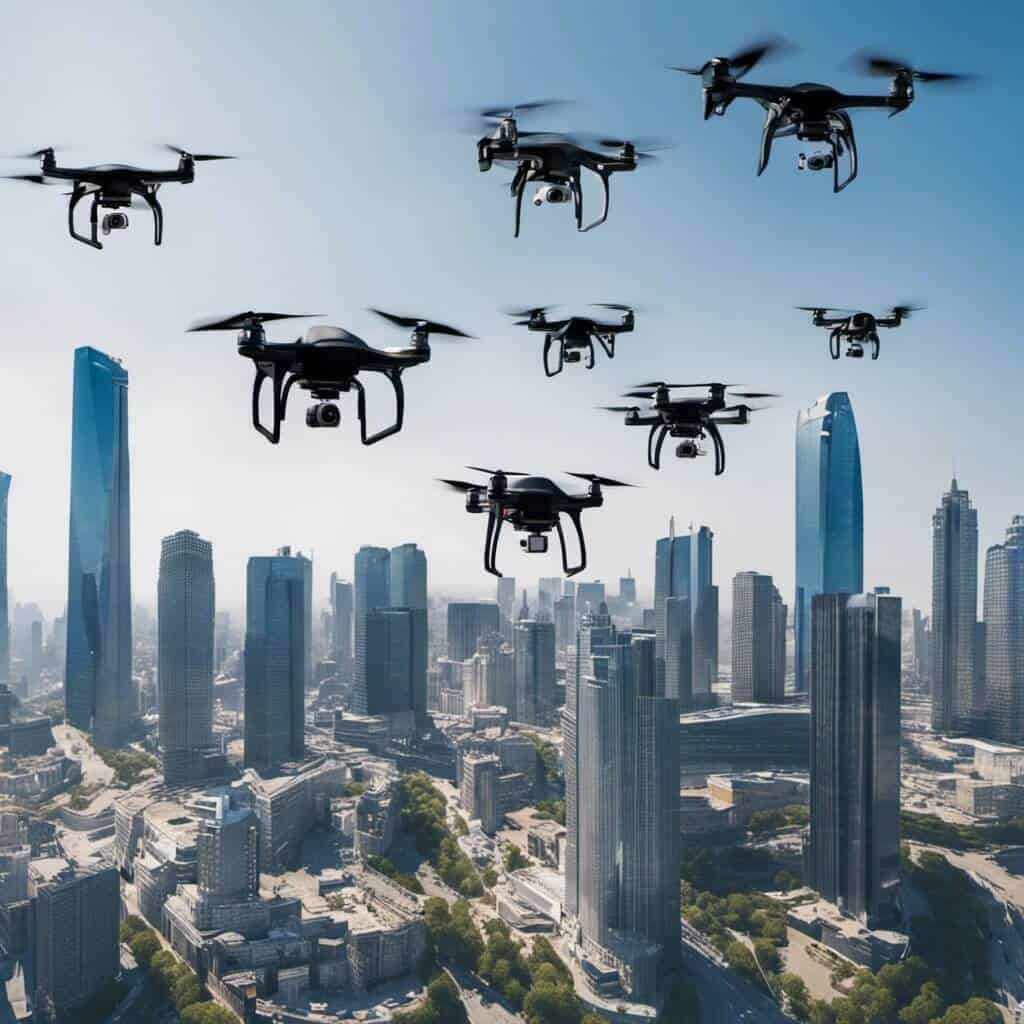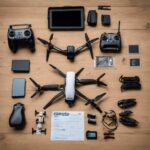To have a safe and enjoyable experience while operating a drone, it’s essential to have a solid grasp of the fundamental flight maneuvers required for proper control. By learning these basic skills, anyone can become a skilled drone pilot and enjoy the freedom and excitement of aerial photography and videography.
Basic Flight Maneuvers/Controls of a Drone and Becoming a Drone Pilot
Becoming a drone pilot requires more than just purchasing and taking it for a spin. Operating a drone safely and legally requires knowledge, skill, and confidence. Here are some steps to take to become a drone pilot:
- Remote Pilot Certificate: If you plan to use your drone, obtain a Remote Pilot Certificate from the Federal Aviation Administration (FAA) in the United States. In Canada, a basic or advanced pilot license is required from Transport Canada. This certificate/license requires passing an aeronautical knowledge test and a background check.
- Practice, Practice, Practice: Confidence is critical when flying a drone. The more you practice, the more comfortable you will become with operating your drone. Start with basic maneuvers and gradually move up to more advanced maneuvers.
- Attend Drone Training: Attending drone training can help you enhance your skills and learn new techniques. Experienced drone pilots usually conduct these training sessions and cover aerial photography, videography, and inspection topics.
Basic Flight Maneuvers/Controls of a Drone
To fly a drone, you must understand basic controls and maneuvers. If you are new to flying drones, starting with some basic flight maneuvers/controls of a drone is essential. Practice hovering, taking off and landing, and flying in a straight line before moving on to more advanced maneuvers. The controls of a drone are similar to those of an airplane, but there are some differences. Here are the basic flight controls of a drone:
- Roll: This control moves the drone left or right. When you move the roll stick to the right, the drone will move to the right, and when you move it to the left, the drone will move to the left.
- Yaw: This control rotates the drone clockwise or counterclockwise. When you move the yaw stick to the right, the drone will rotate clockwise; when you move it to the left, it will rotate counterclockwise.
- Throttle: This control adjusts the altitude of the drone. When you move the throttle stick up, the drone will ascend; when you move it down, it will descend.
- Pitch: This control moves the drone forward or backward. When you move the pitch stick forward, the drone will move forward, and when you move it backward, the drone will move backward.
Obstacle avoidance is crucial for safe drone flight. So before you try your manuevers/controls of a drone here are some tips to help you avoid obstacles:
- Plan your flight path: Before you start flying, plan your flight path carefully. Identify potential barriers, such as trees, buildings, and power lines, and avoid them.
- Complete a Drone Pre-flight Check Essentials
- Use obstacle avoidance sensors: Many drones have sensors that can help you detect and avoid obstacles.
- Fly safely: Flying at a safe altitude can help you avoid obstacles on the ground, such as trees and buildings.
- Keep a safe distance: Keep a safe distance between the drone and any obstacles, as this will give you time to react if the drone gets too close.
Basic Flight Maneuvers/Controls of a Drone
You must develop good flight skills and obstacle avoidance techniques to become a proficient drone pilot. Taking off and landing are two of the most critical maneuvers when flying a drone. You should be able to take off and land smoothly and safely without damaging the drone. Here are some tips to ensure a smooth takeoff and landing:
| Before taking off, ensure your drone is on a flat surface, and the propellers are clear of any obstacles. |
| Turn on your drone and remote control and wait for them to connect. |
| Slowly increase the throttle until your drone begins to lift off the ground. |
| Use the left stick, yaw, to keep the drone stable and level as it ascends. |
| When landing, make sure you have a clear and flat area to land on. |
| Slowly reduce the throttle until the drone begins to descend. |
| Use the left stick, yaw, to keep the drone stable and level as it descends. |
| Once the drone is close to the ground, reduce the throttle to zero and let the drone gently land. |
Remember to be aware of your surroundings and keep a safe distance from people and objects when taking off and landing. Once you have the take off and landing mastered there are a number of drone maneuvers the will require your attention and skill.
- Hovering: This is the most essential skill you need to learn. Hovering is the ability to keep the drone in one place without moving forward, backward or drifting. This maneuver is necessary for taking stable aerial photos and videos. To hover a drone, you begin by adjusting the throttle control to get airborne. Once airborne, adjustments of the yaw (left stick) and pitch (right stick) may be necessary to hover.
- Flying in a straight line: You should be able to fly the drone in a straight line, maintaining a constant altitude and speed. To fly in a straight line, take off and use your throttle to raise the drone to the desired height. Then, use the pitch control to move the drone in a straight line forward or backward. You should be able to fly the drone in a straight line, maintaining a constant altitude and speed.
- Rotating or Turning: To rotate a drone or to stop the drone from rotating while ascending in the air, you need to use the yaw control. Move the yaw stick to the right or left to turn the drone in that direction.
- Figure 8: To perform a figure 8 maneuver, you use the roll and pitch controls. Move the roll stick to the right, and the pitch stick forward to make the drone move in a figure 8 pattern.
- Reverse Orientation: To fly a drone in reverse orientation, you use the yaw and pitch controls. Rotate the drone using the yaw control and then move it backward using the pitch control.
Training Options for Manuever/Controls of a Drone
Many drones come equipped with a beginner mode, which can be a great way to ease into flying your drone without the risk of crashing. In beginner mode, your drone will be limited in speed and altitude. Your drone may also have other safety features enabled, such as obstacle avoidance, which can help you gain confidence and experience before moving on to more advanced maneuvers.
Another great way to practice your drone flying skills is by using a simulator. Many drone manufacturers offer simulators that allow you to practice flying in a virtual environment, which can be a great way to gain experience without risking damage to your drone. Simulators can also be helpful for practicing specific maneuvers, such as flying in tight spaces or performing complex aerial maneuvers.
Enrolling in a drone pilot training institute will provide the essential knowledge and skills to operate a drone safely and confidently. These training institutes offer courses on drone technology, regulations, and flying techniques.
Or perhaps you are what is known as a fly by the seat of your pants type of person, then to safely practice flying a drone, you can start by flying in an open area without obstacles.
Final Thoughts
Mastering a drone’s basic flight controls and maneuvers is essential for any drone pilot. You can perfect your skills and perform impressive aerial displays with practice and patience. Remember always to prioritize safety and follow regulations while flying your drone.
Frequently Asked Questions
How do I perform basic flight maneuvers with a drone?
To properly operate a drone, it’s important to have a good grasp of the controls. You use the left stick to control the throttle and yaw, while the right stick should control the roll and pitch, allowing greater precision and control during flight.
What are the basic movements of a quadcopter drone?
The basic movements of a quadcopter drone are forward, backward, left, right, up and down. These movements are controlled by the drone’s four rotors, which you can adjust to change the direction and speed.
What are some tips for flying a drone with a camera?
When flying a drone with a camera, keeping it steady and avoiding sudden movements is essential. Use the camera to frame your shots and avoid flying too close to objects. Also, check your camera’s battery life and storage space before flying.






